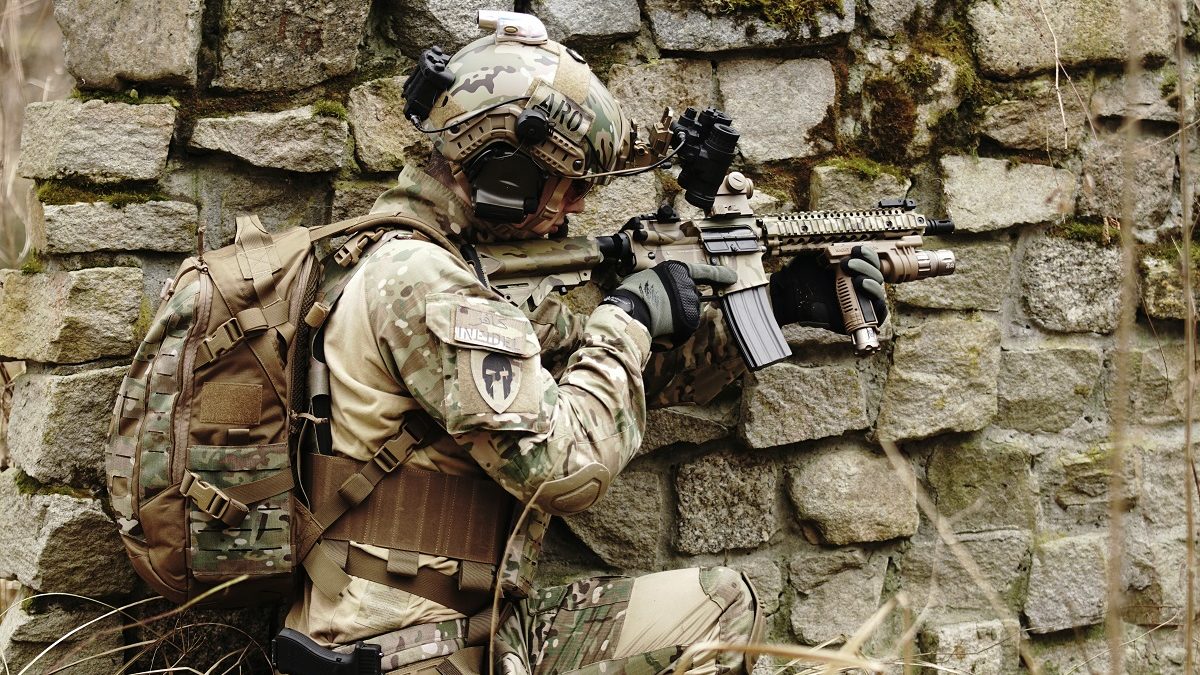
Understanding the Science of Level IV Body Armor Composition
In today’s world, whether you are in the military or law enforcement, protective gear remains a primary concern. As a result, the evolution of body armor has been growing over the last few decades, resulting in highly advanced and reliable level iv body armor. Unlike Level I, II or III, Level IV offers the highest level of protection that one can achieve without a license. In this post, we will break down the science of Level IV body armor composition to help you understand its effectiveness.
Constructed with technologies and materials that provide resistance against high-powered rifle rounds and armor-piercing rounds, Level IV armor is designed to withstand the most severe threats. The combination of tight-weave fabric, ceramic, and metal plates makes level IV body armor exceedingly effective as it absorbs the impact of the bullet and distributes the power across the entire vest.
As earlier mentioned, Level IV body armor uses the most advanced materials in its production. It comprises advanced ceramics, designed with boron carbide, aluminum oxide, silicon carbide, and other materials that offer extreme hardness and resistance. Boron Carbide, for instance, on its own, can stop up to 99% of high-velocity rounds. A bullet will shatter on impact and spread the energy of the shot over a broad area minimizing damage.
The tight-weave fiber present in Level IV body armor also contributes to its durability and strength. The intricate structure of the textile ensures that the energy from the bullet dissipates evenly across the surface, reducing the possible damage caused by the bullet. Aramid, commonly known as Kevlar, and Ultra-high-molecular-weight polyethylene are the primary fiber materials used for this purpose.
Another component present in Level IV body armor is metal plates. Steel, titanium, and boron carbide are incorporated into the production of body armor plates. The metal offers extra protection and works in conjunction with advanced ceramics.
It should also be remembered that Level IV body armor offers the highest degree of protection from high-powered rifles and armor-piercing rounds. However, the added weight of the armor can be a limitation, as it can weigh up to twenty-five pounds. As a result, Level IV body armor is not ideal for military personnel who need to move quickly in combat situations. So while offering maximum protection, it also sacrifices agility.
To sum up, Level IV body armor has been designed and developed to meet the high demands of professional-level protective gear for military personnel and law enforcement agents. It is a combination of advanced ceramics, metal plates, and tightly woven fibers that are designed to achieve the extreme hardness and resistance required in high-threat situations. The addition of all these components makes the body armor bulky and heavy, which may limit movement, but it offers the highest level of protection that one can achieve without a license. Understanding the science behind Level IV body armor composition and its effectiveness can assist in making an informed decision when considering body armor options.
For more great articles, please click here.